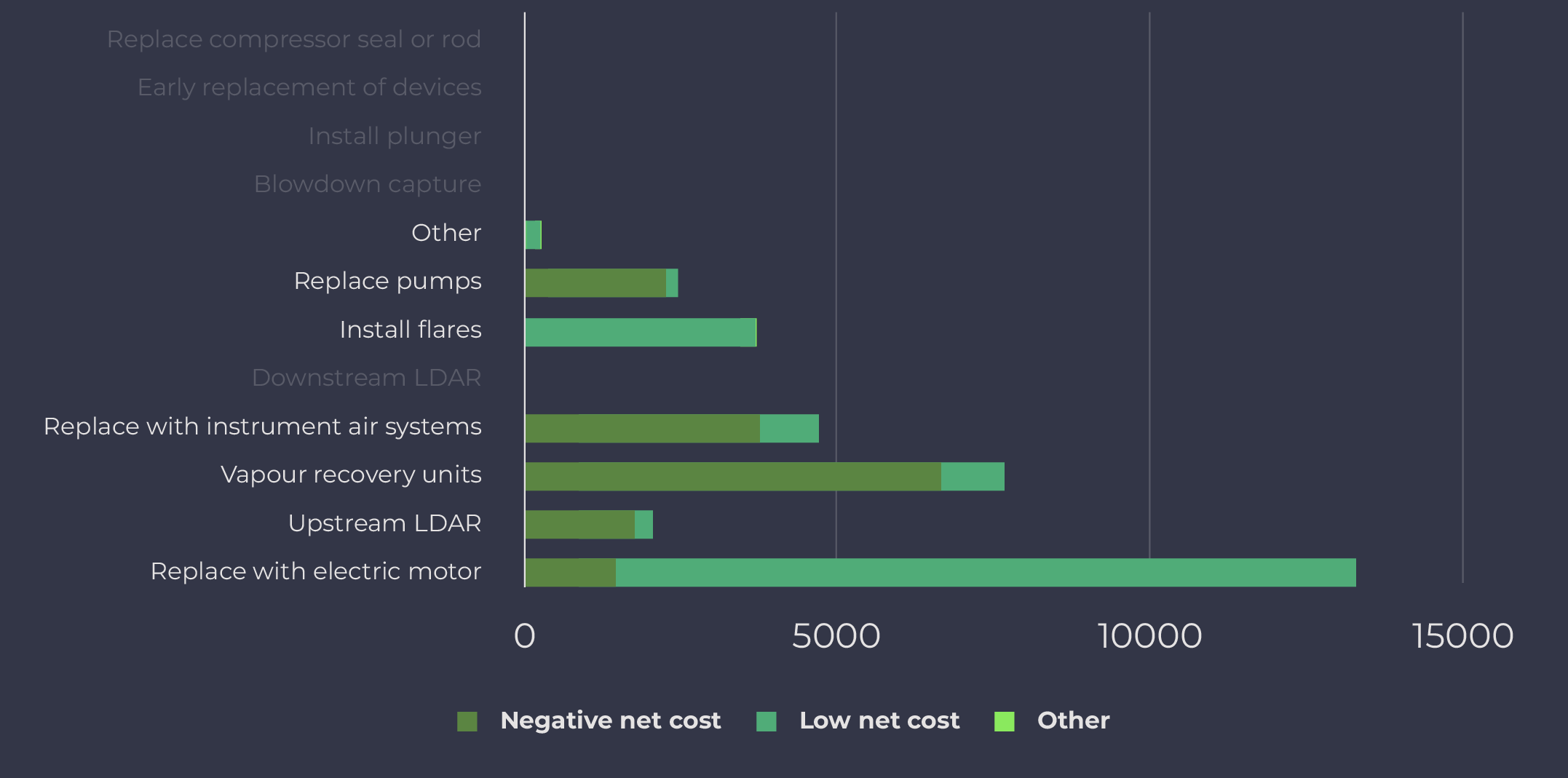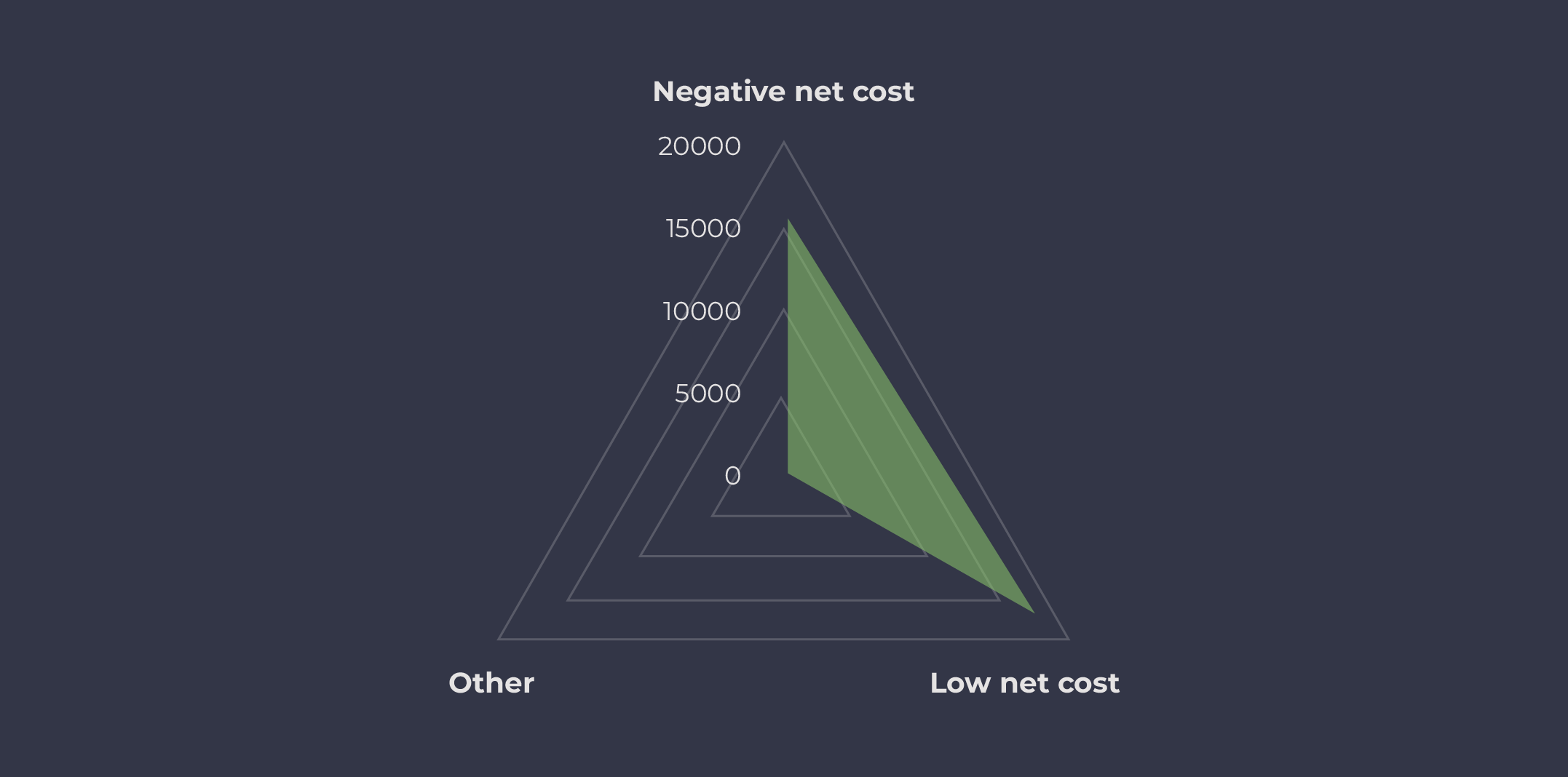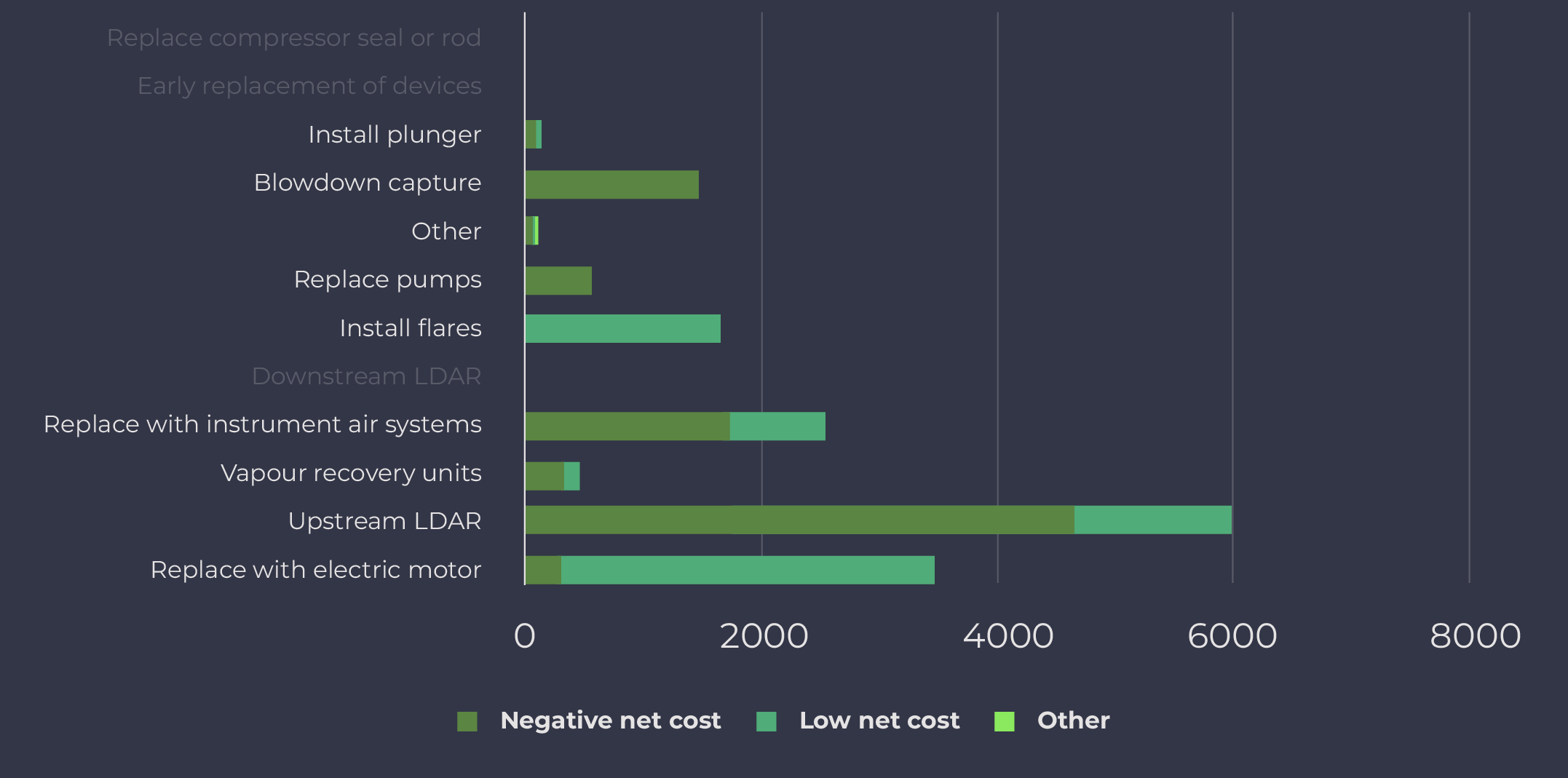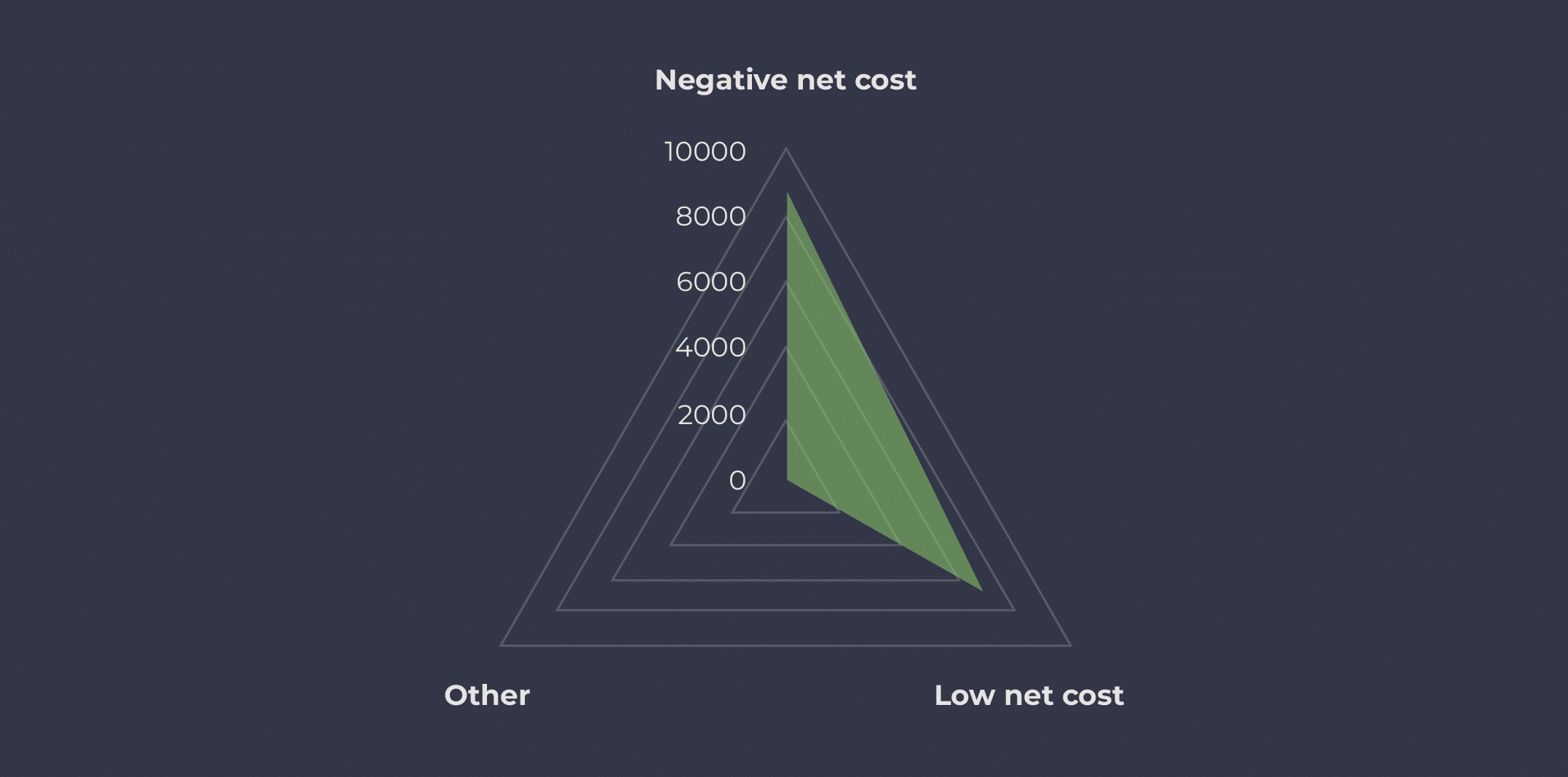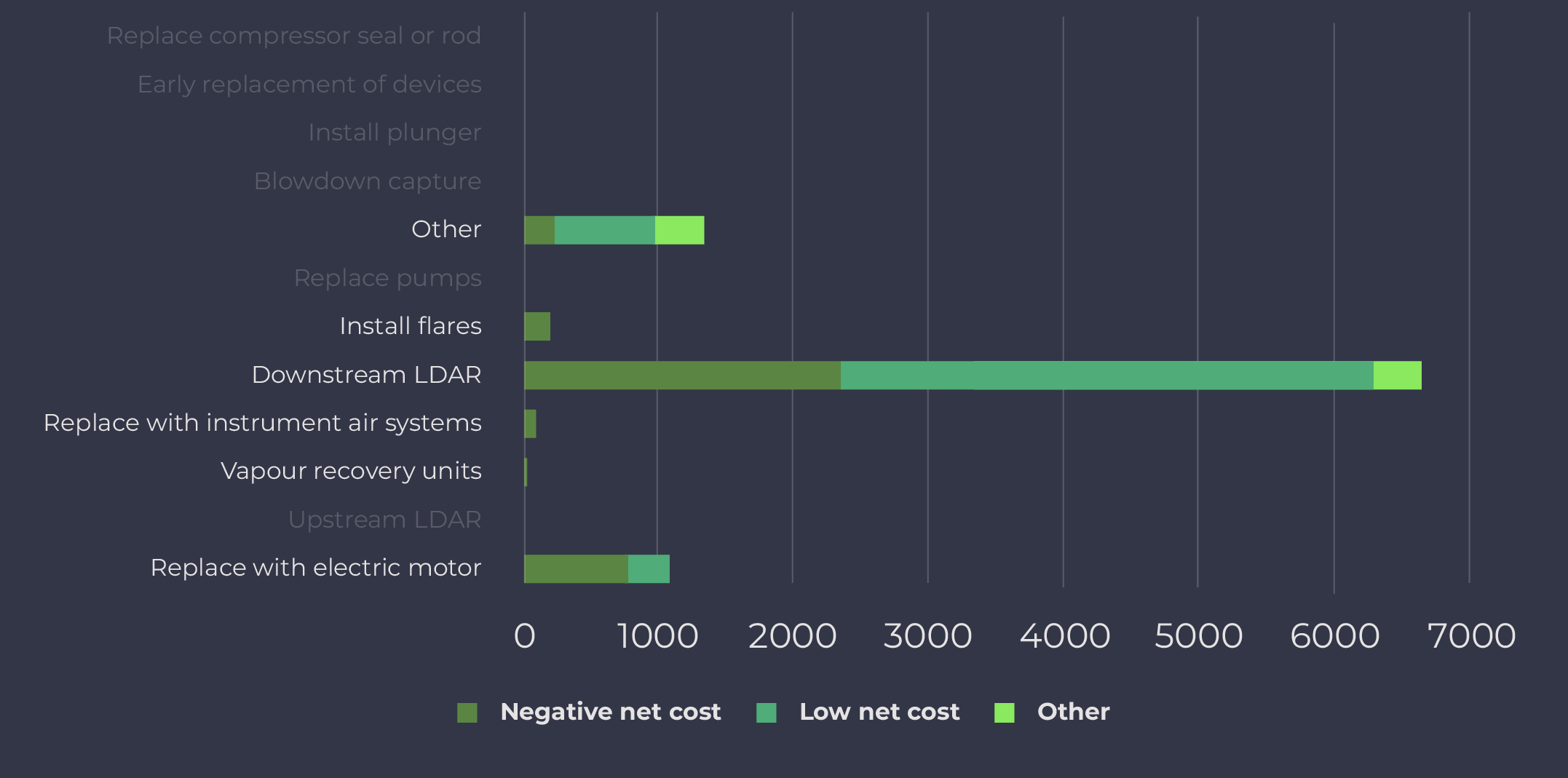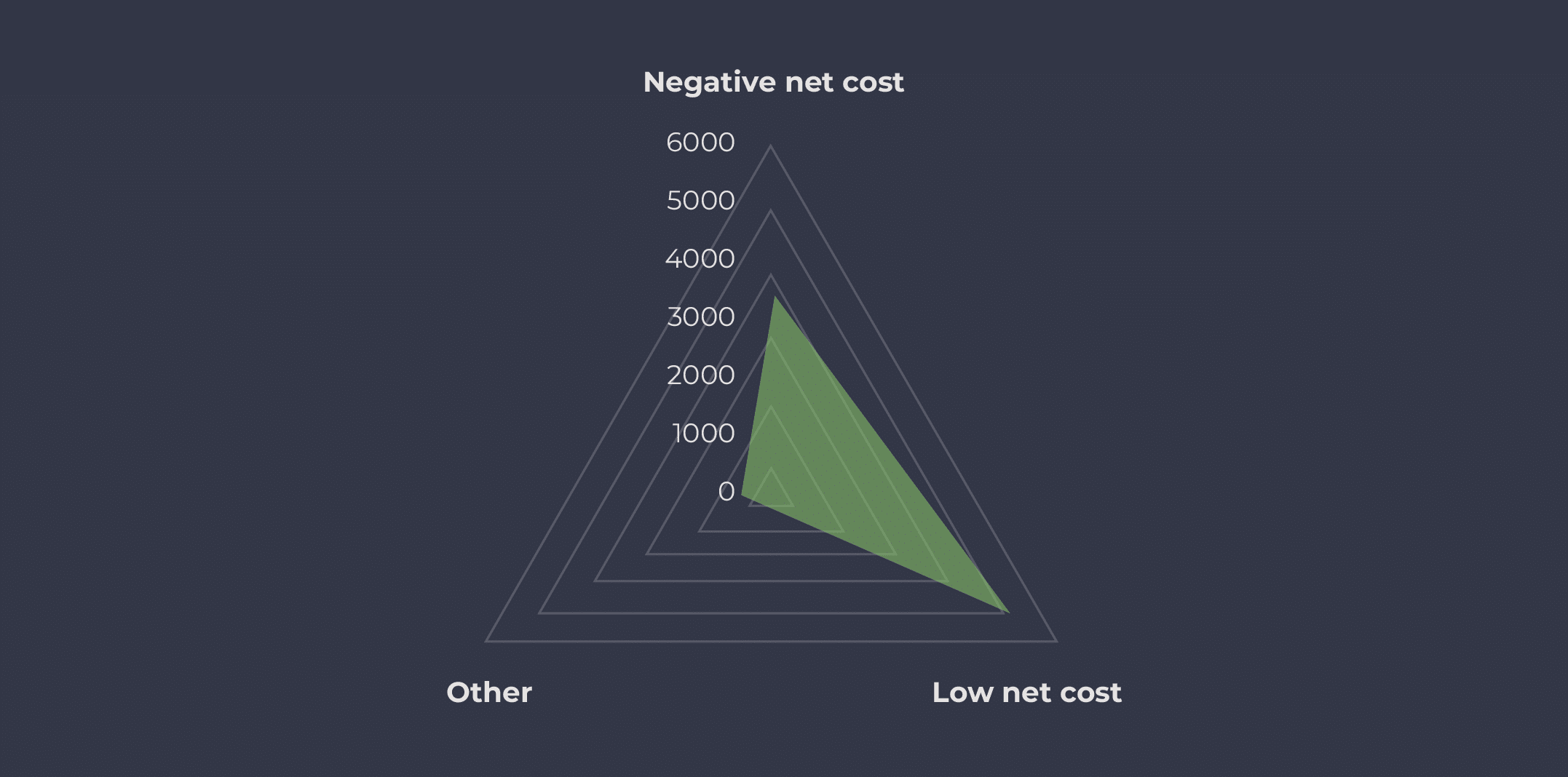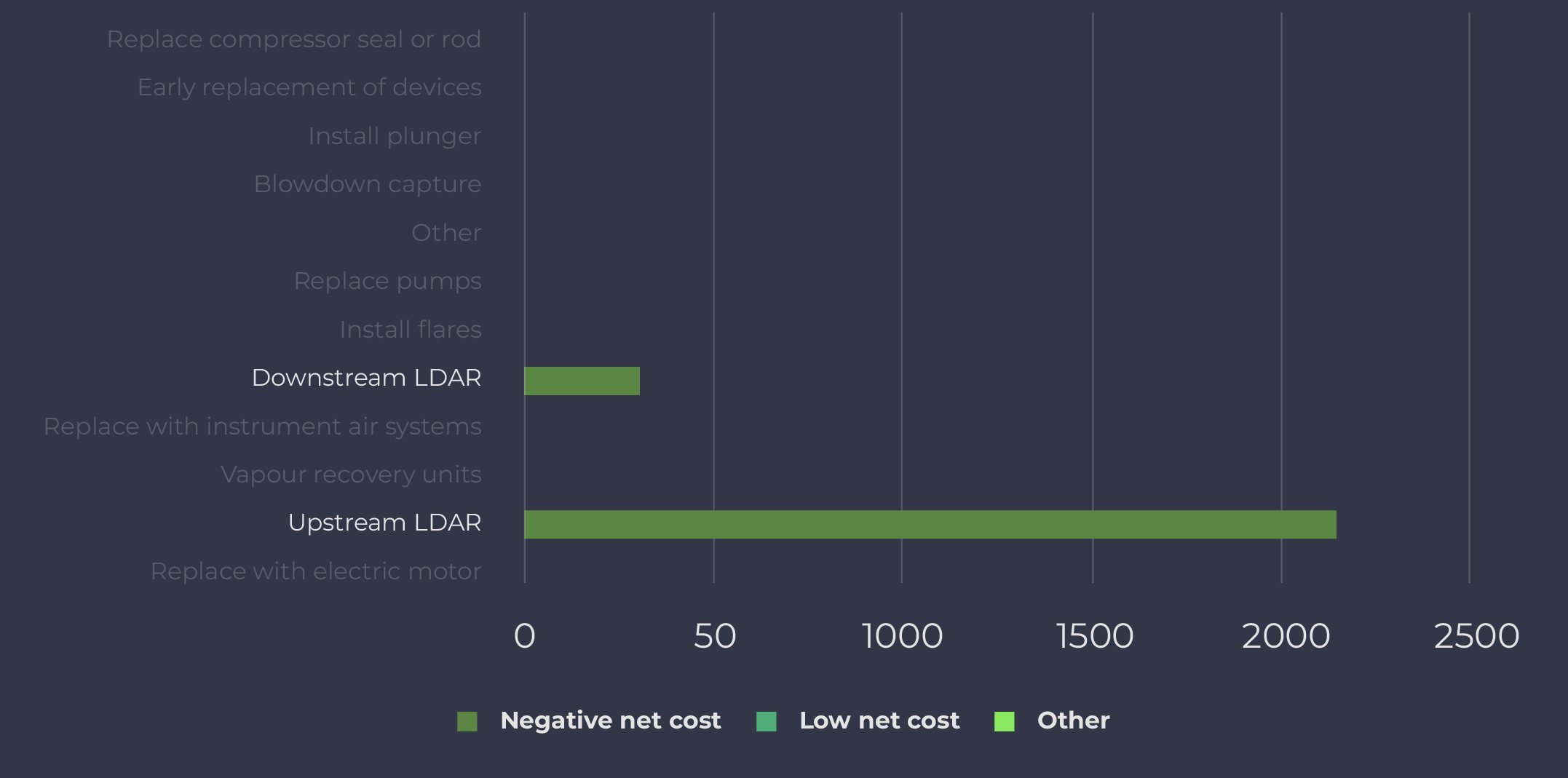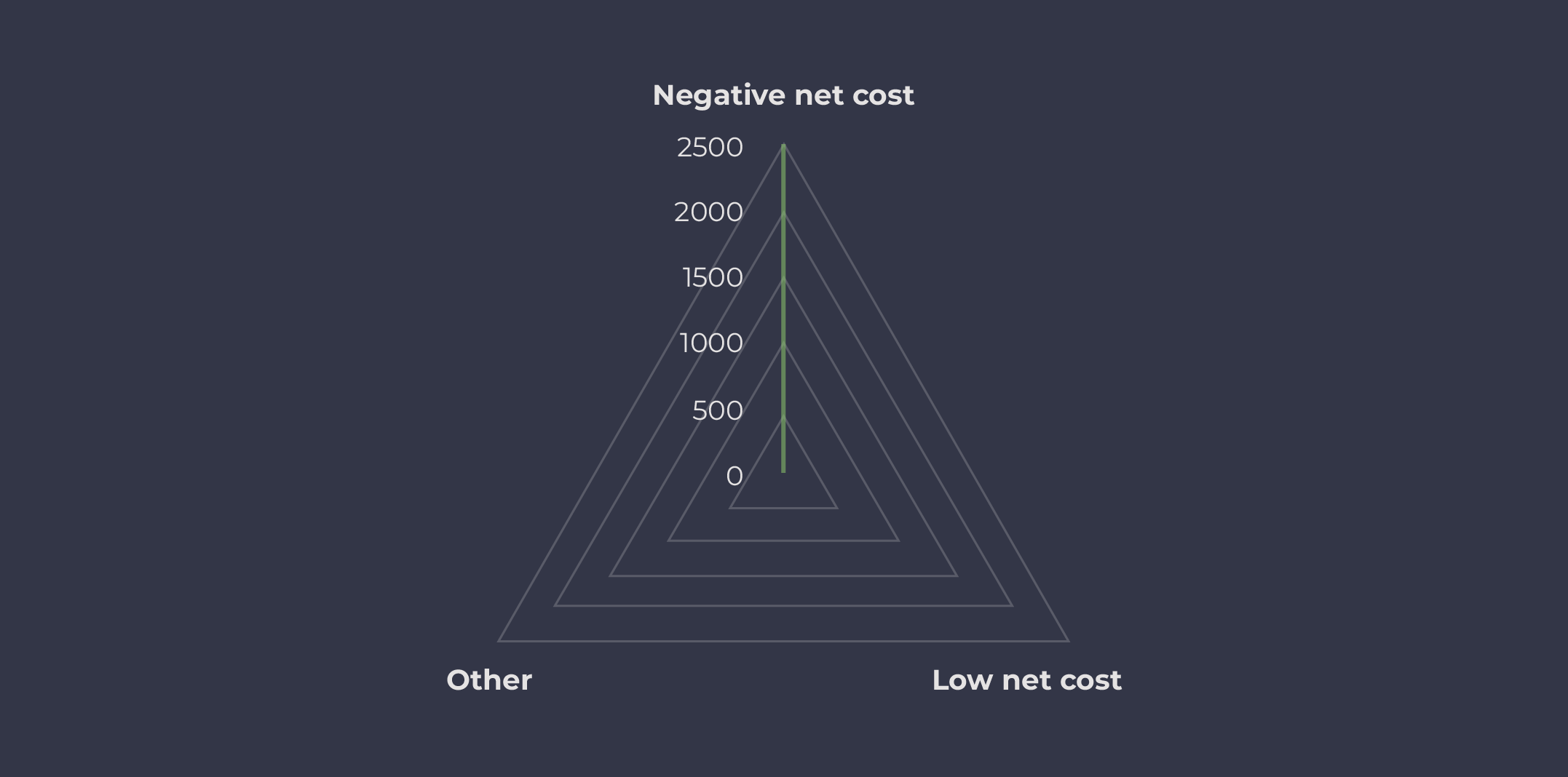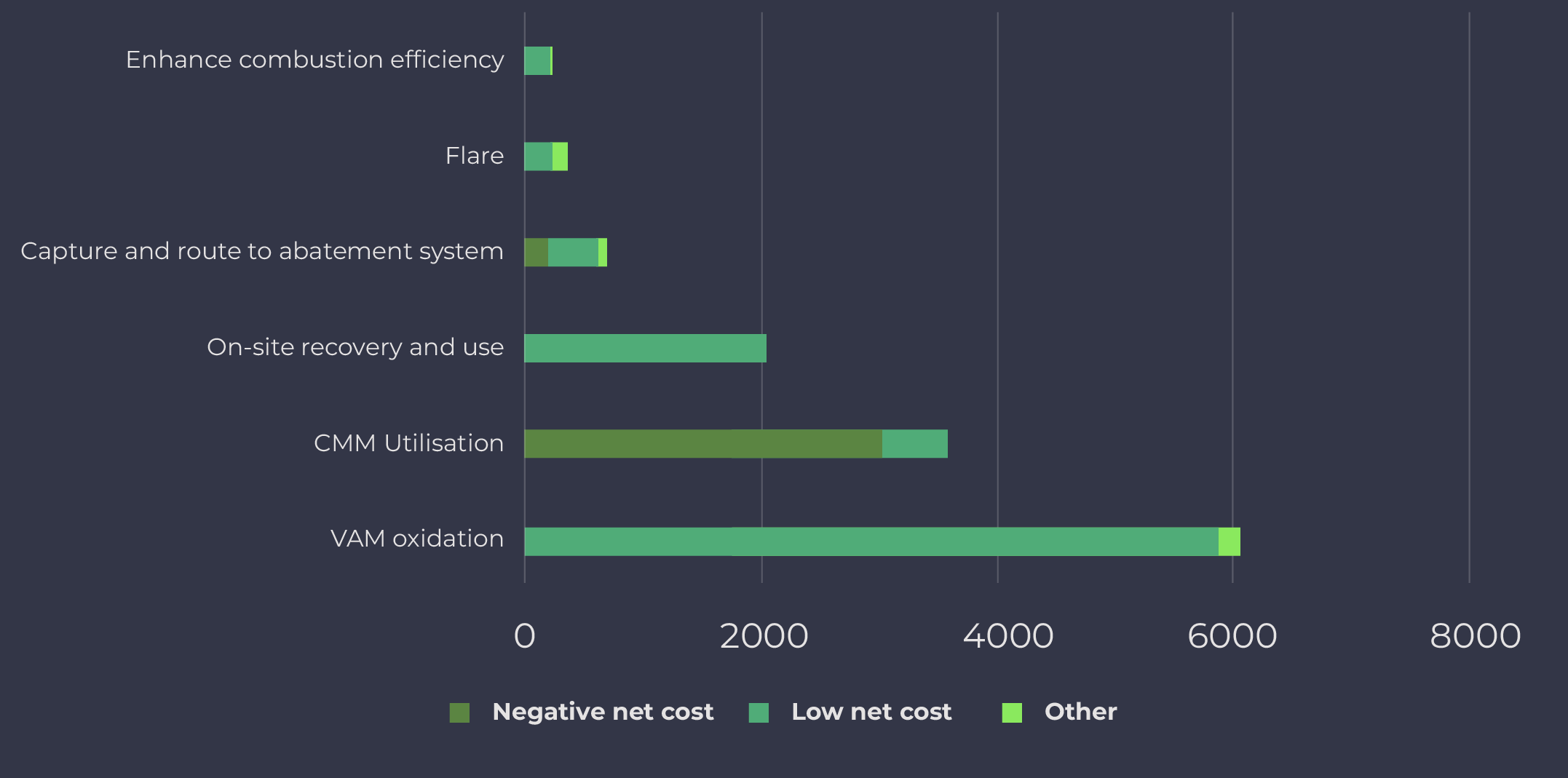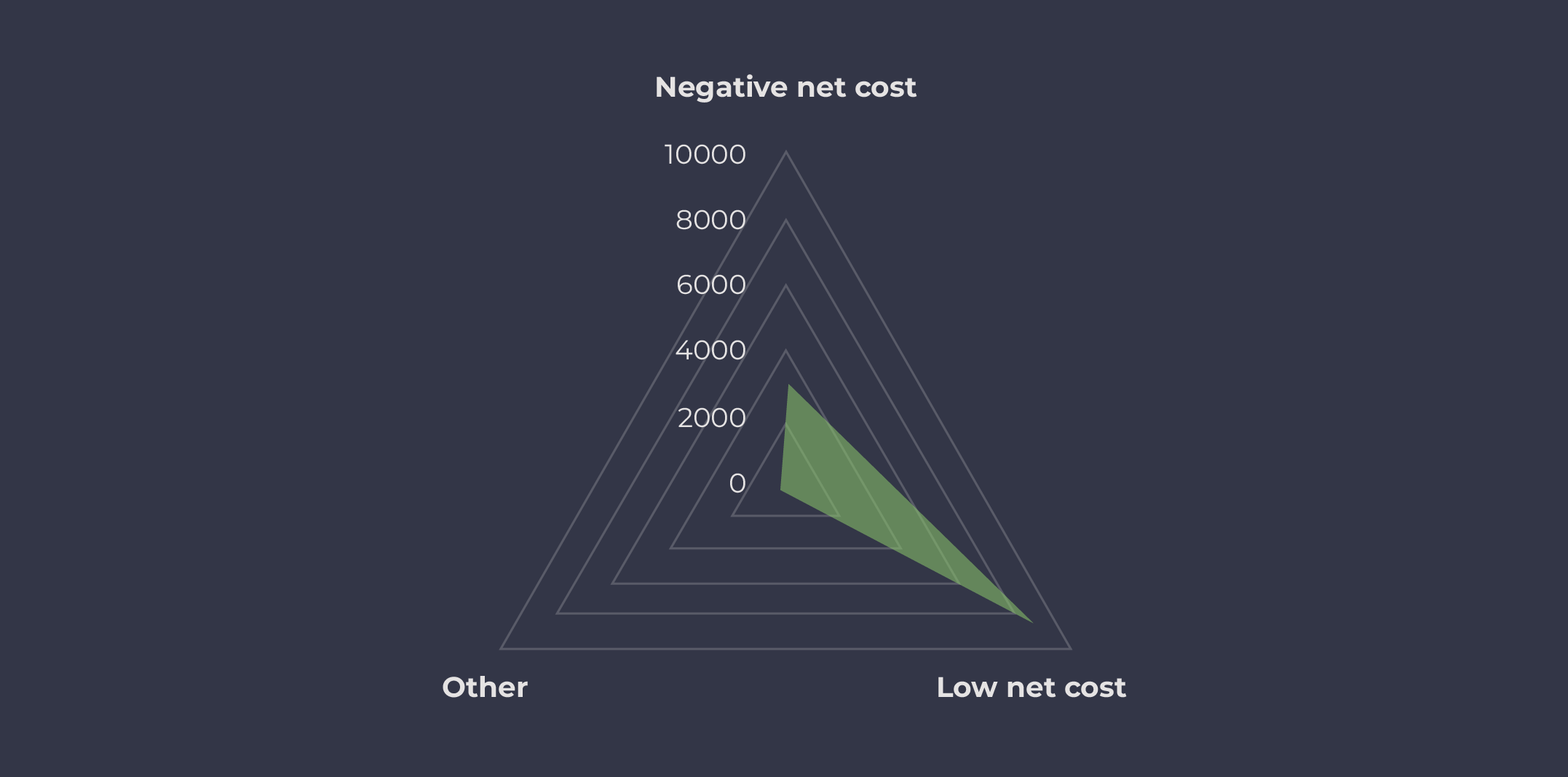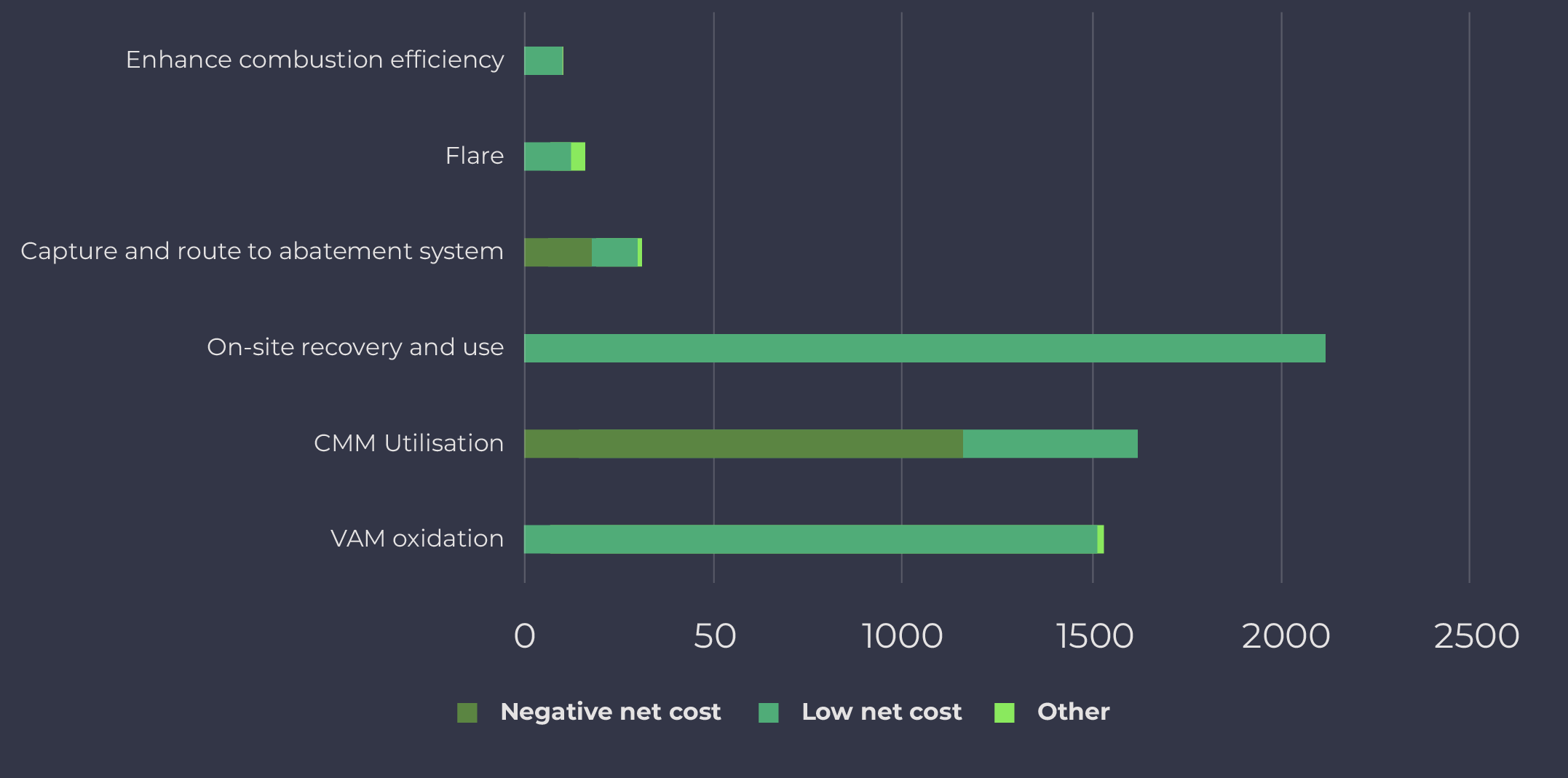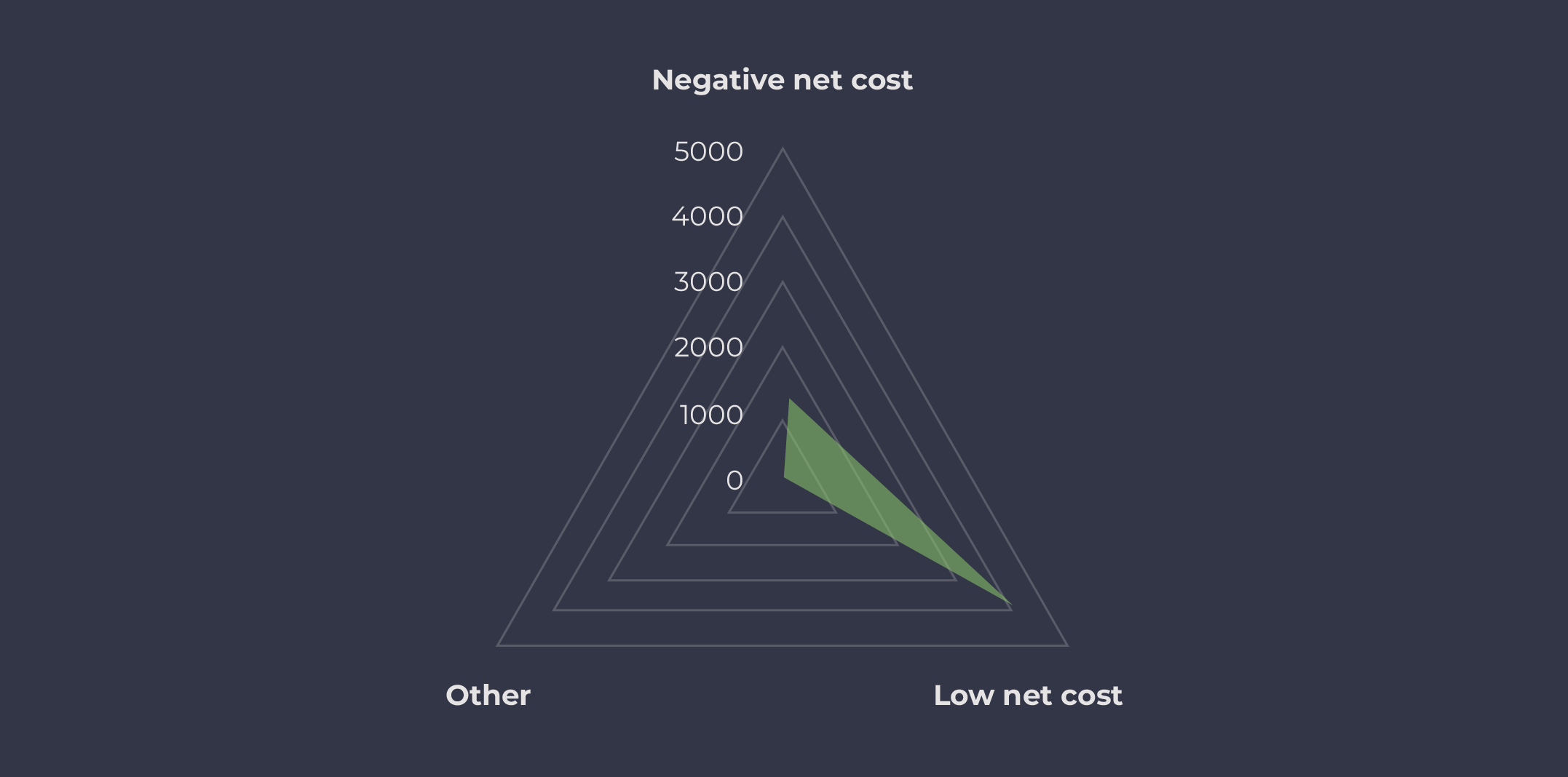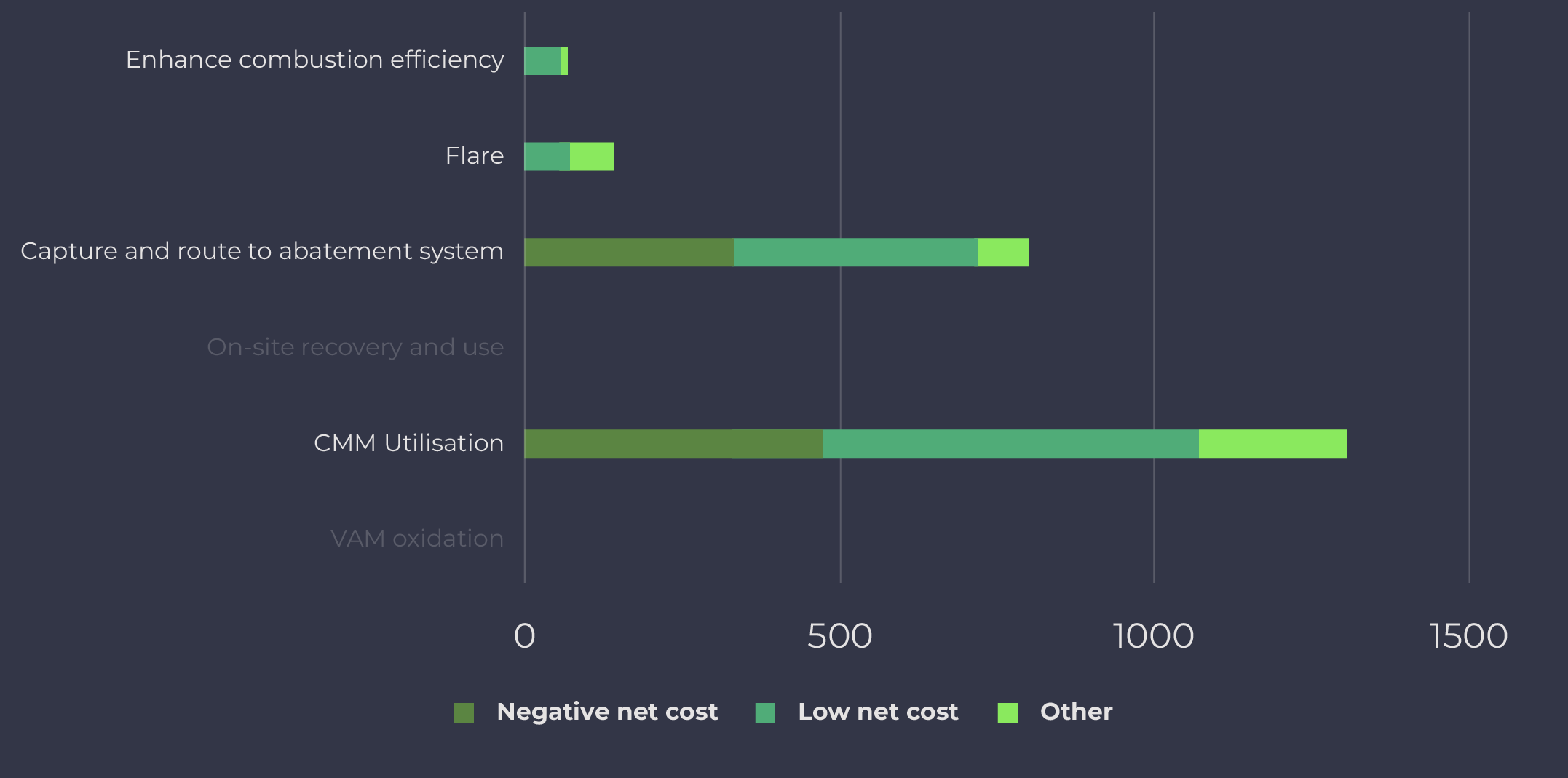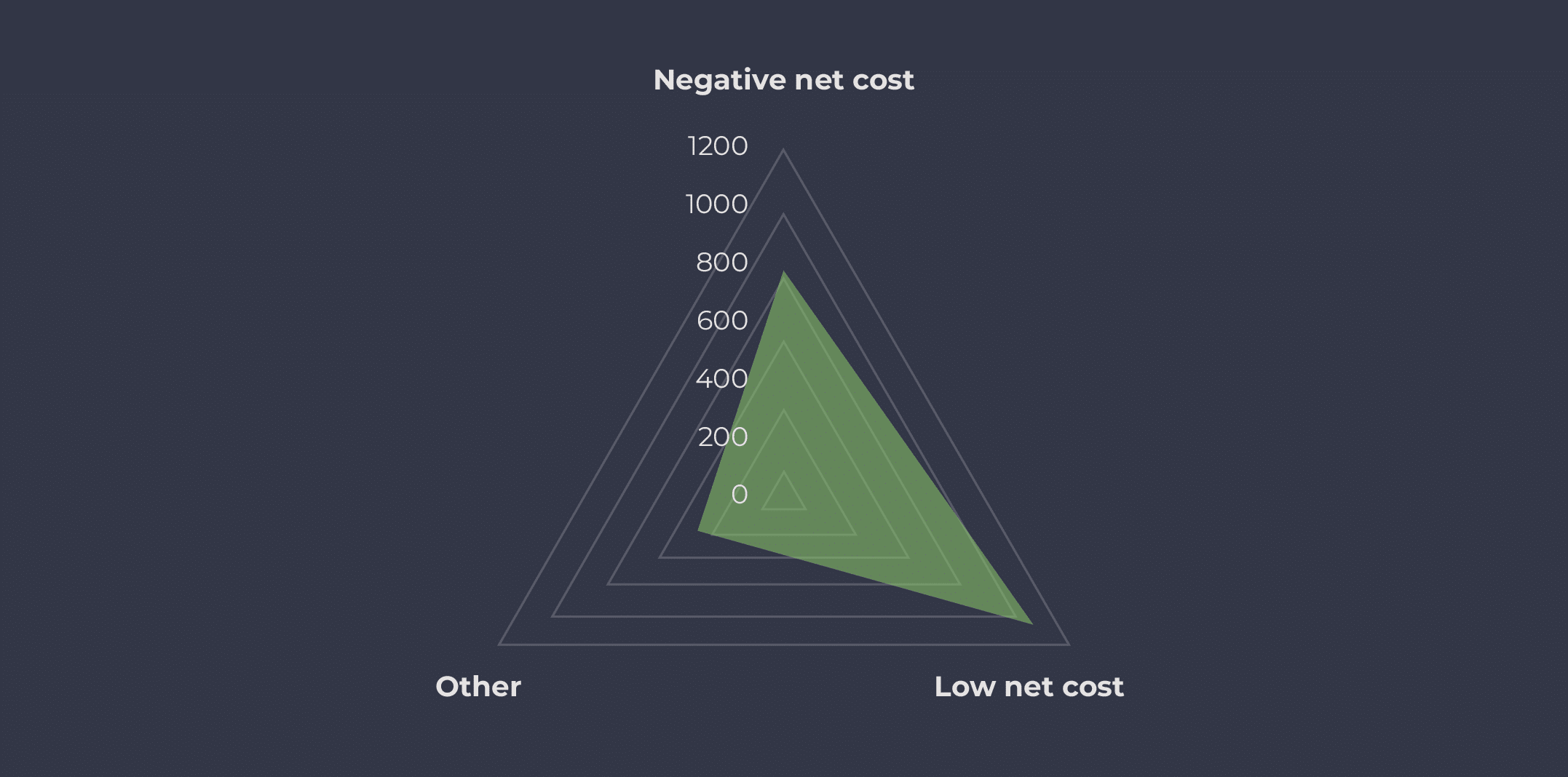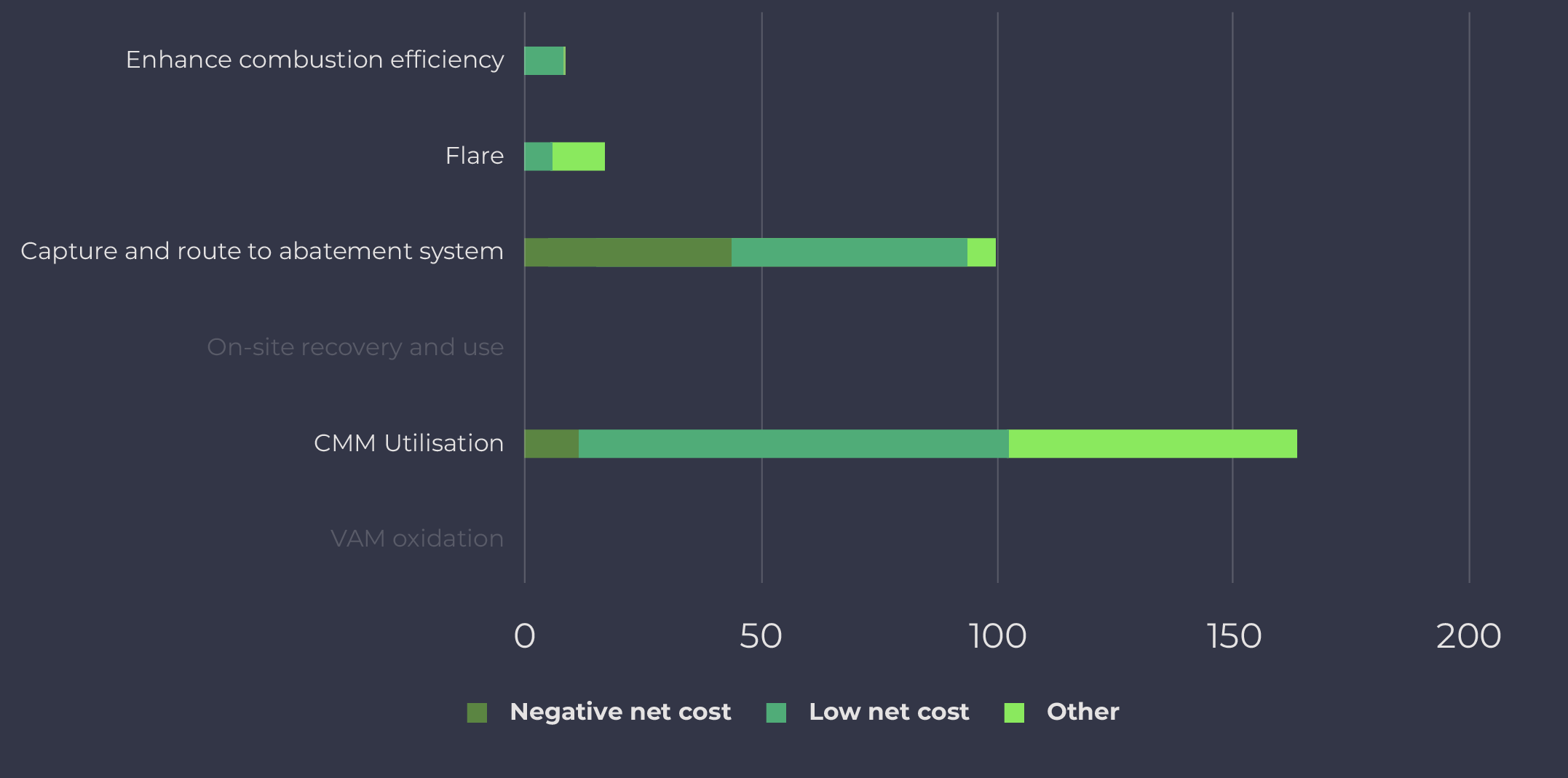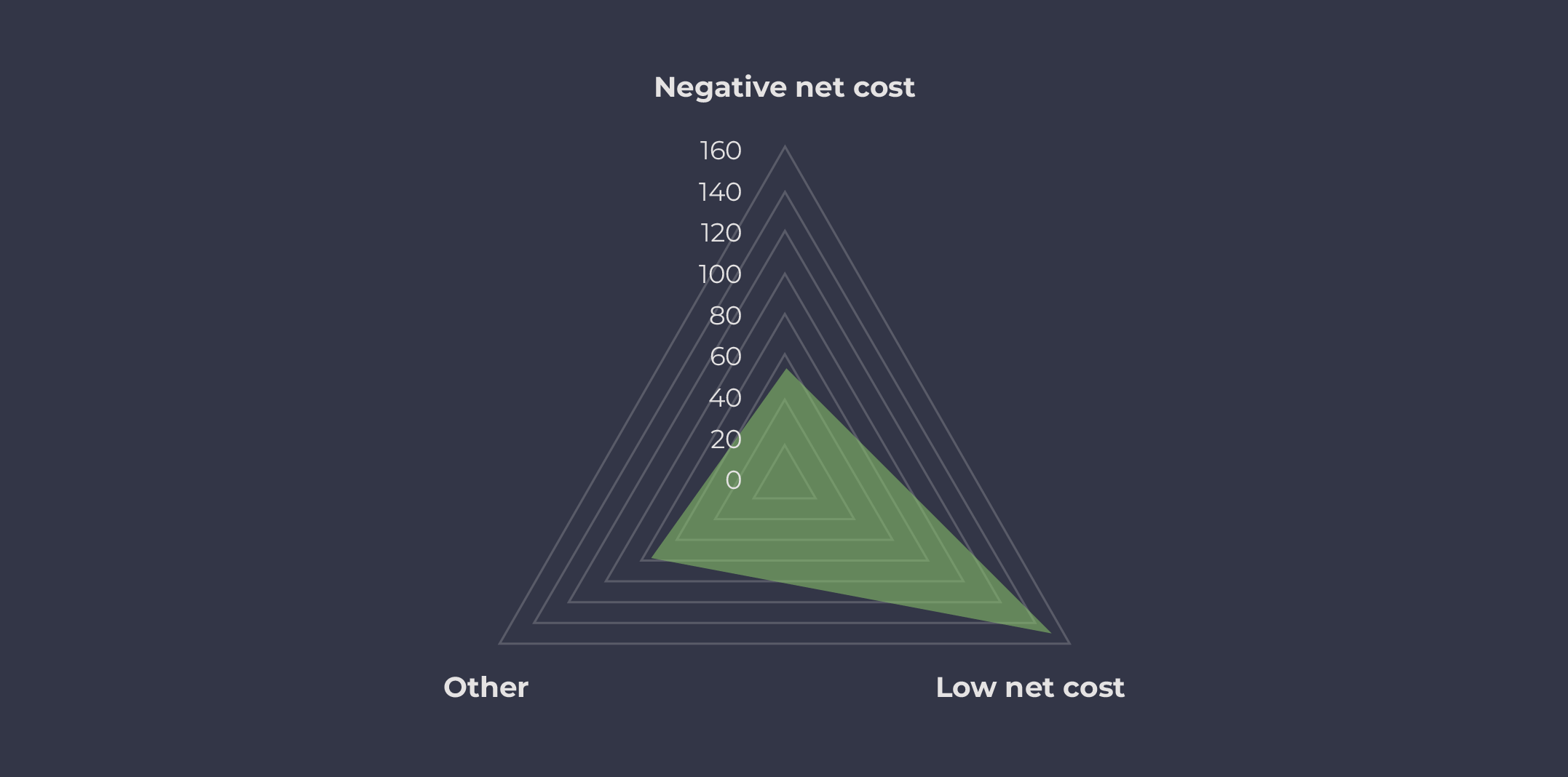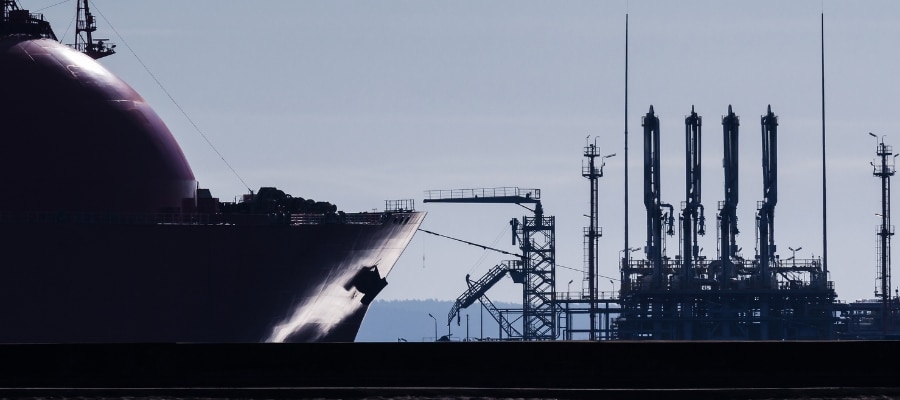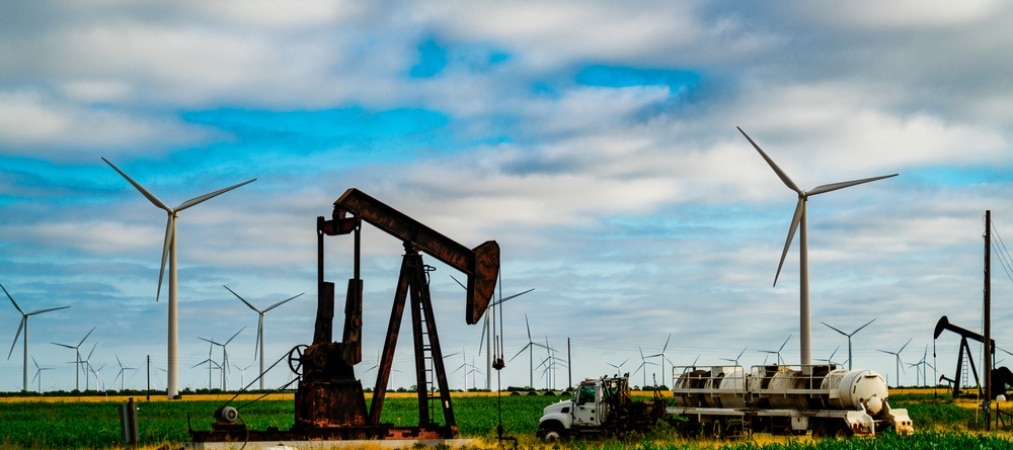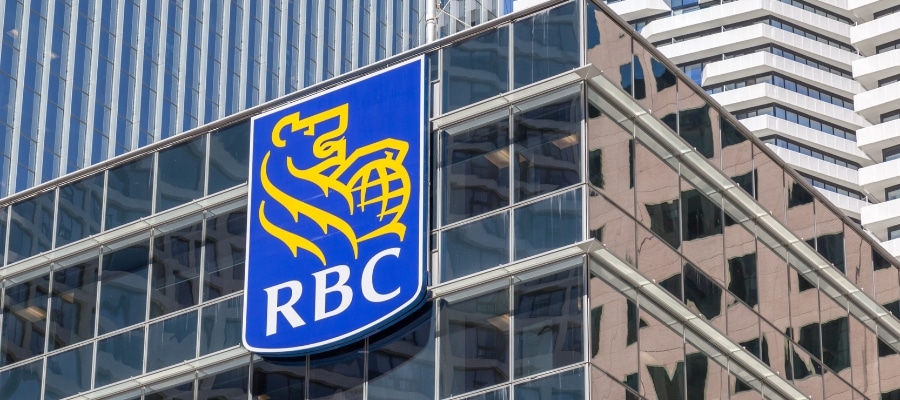The International Energy Agency (IEA) has pinpointed existing technologies capable of reducing methane emissions from fossil fuels by a substantial 70% : 75% in the oil and gas sector, and 50% in the coal sector. Half of these measures even offer a net financial benefit, while the majority of the remaining strategies for mitigating emissions can be adopted with low net cost. Financial institutions need to require companies to adopt ambitious methane emissions reduction plans including fossil fuels production reduction, and mitigation of the remaining emissions.
Cost-effective mitigation opportunities for oil and gas methane
Methane is the main component of natural gas, but is also present in trace amounts in oil. In the gas sector, methane emissions come mainly from venting operations and fugitive sources, and occur in all stages of the value chain. (1) Around half of the gas sector methane emissions happen in upstream activities, and the rest in midstream and downstream activities. In the oil sector, all methane emissions take place in upstream activities, where gas present in the oil reservoirs is vented or incompletely flared.
The upstream oil sector alone is the largest source of methane emission across the oil and gas industry and offers the largest mitigation potential. Of the total 62.5 Mt of methane emissions mitigable in the oil and gas sector, 55% are in the upstream oil sector. (2)
Methane reduction potential across the oil and gas industry
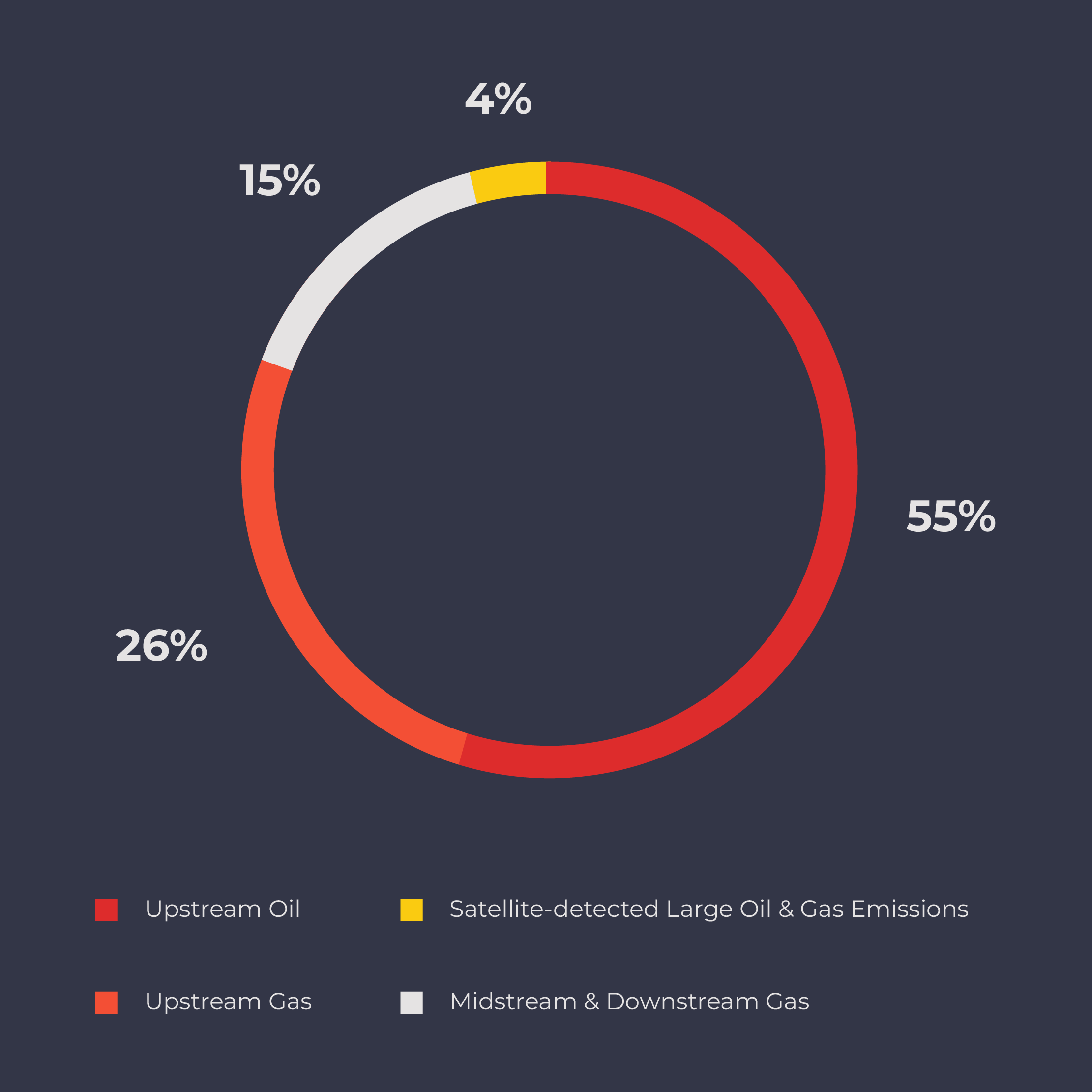
Datavisualisation based on the IEA Methane Tracker Database 2023, February 2023. As per the activities covered in each category, “Midstream & Downstream” refers to the “Downstream” datapoint in the IEA database, whose methodology explicits “Downstream” covers both downstream and midstream activities. “Satellite-detected large oil and gas emissions” refers to large and non-recurrent methane leakage events, based on Kayrros data, which are not covered in other categories.
Among abatement measures described by the IEA, (3) half of the potential savings can be implemented at a negative net cost and would result in a nearly 40% cut in oil and gas methane emissions. (4) Most of the remaining abatement measures identified by the IEA can be implemented at low net cost (with a mitigation net cost under US$15.5 per mBTU (5)) and would lead to a further 35% reduction in oil and gas sector methane emissions.
- For oil, the main negative net cost mitigation opportunity consists in the installation of vapor recovery units, which gather and capture methane emissions building up in oil storage tanks, and that would otherwise be vented to prevent explosions. This action alone represents more than 40% of the negative net cost mitigation opportunities for the oil sector.
- For gas, the main negative net cost mitigation opportunities come from leak detection and repair (LDAR) technologies. This is the easiest and most impactful action to take on gas-related methane emissions and it represents respectively 55% and 42% of negative net cost and low net cost mitigation potentials.
The replacement of gas-powered pumps, compressors, and other devices involved in oil and gas operations, which release methane in their ordinary course of operation, is the second main negative and low net cost mitigation opportunity for both oil and gas industries. They can be replaced by cleaner technologies such as instrument air systems, and electric motors and pumps.
Cost-effective mitigation opportunities for coal methane
Coal seams naturally contain methane which seeps whenever the coal seam is disturbed. In surface mines, this leads to fugitive emissions that are hard to collect. In underground mines, methane is collected through ventilation systems used to maintain a low concentration of coal mine methane (CMM) as a safety measure, but this results in ventilation air methane (VAM) which is usually vented.
The IEA identified measures across the coal industry, both thermal and metallurgical, that can lead to annual methane savings of around 21.5 Mt. A third of potential methane cuts can be made at methane-intensive metallurgical coal mines although this accounts for only 25% of CMM emissions by total volume. Across both the thermal and metallurgical coal sectors, nearly 90% of the cuts can happen in underground mines which represent 70% of CMM emissions. Underground metallurgical mines are therefore the most mitigable source. Tackling underground thermal mines emissions is however a priority as this segment has a higher coal production and consequently holds the largest potential for methane emissions reduction.
Methane reduction potential across the coal industry
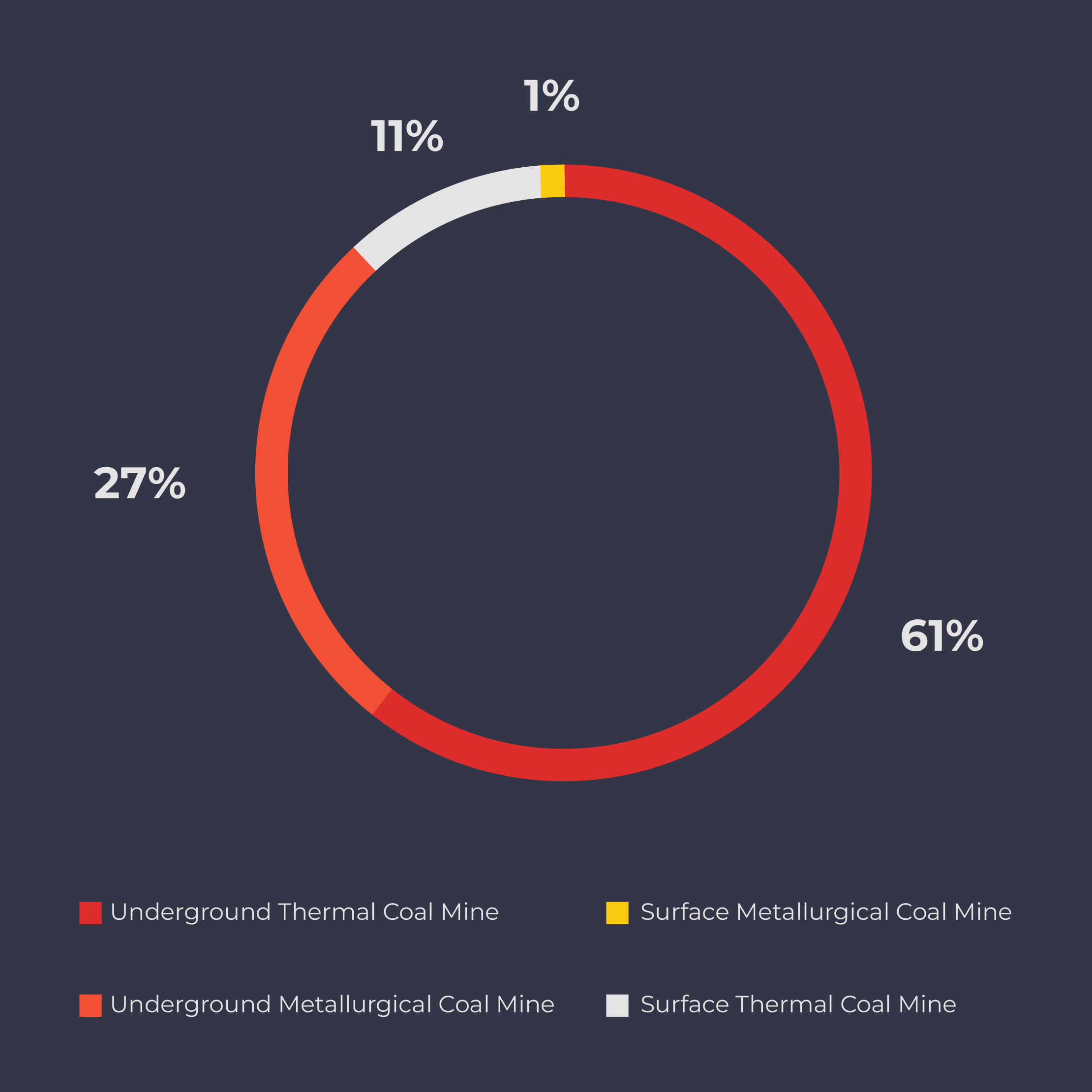
Datavisualisation based on the IEA Methane Tracker Database 2023, February 2023.
Among CMM abatement measures described by the IEA, (6) a quarter of the potential savings can be implemented at a negative net cost and would reduce CMM emissions by nearly 15%, as methane can be harnessed and utilized after capture through drainage systems like degasification wells and boreholes. (7) They can be installed prior to or after the exploitation of the mine to limit natural seepage, but this comes with environmental benefits only if the collected methane is not vented.
Most of the remaining abatement measures identified by the IEA can be implemented at low net cost (with a mitigation net cost under US$15.5 per mBTU (8)), and would reduce CMM emissions by a further 35%. The main low net cost options differ between underground and surface mines:
- In the former, fugitive emissions can be abated using VAM oxidation, or recovery and use systems, depending on the mine’s methane intensity.
- In the latter, fugitive emissions are harder to collect, but they can be limited by monitoring and sealing emission sources – such as outcrops, unsealed entries or boreholes – and routed to VAM abatement systems.
Once captured, CMM can generate revenue by being used for power and/or heat generation on site. Alternatively if there are nearby markets and gas infrastructure methane can be processed and then injected into the distribution network.
The IEA’s extensive work highlights it is possible to drive significant cuts in fossil-fuels related methane emissions and details appropriate measures, many of which can be implemented immediately and at negative or low net costs along the value chains of coal, oil and gas. Negative net costs measures alone have the potential to reduce fossil fuels methane emissions by almost a third of their current level. Financial institutions need to require fossil fuel companies to adopt ambitious methane reduction targets supported by detailed plans, including fossil fuels production decline, commitment not to develop any new fossil fuels extraction projects, and mitigation of existing fossil fuels assets’ remaining methane emissions. Financial support to these companies should be conditioned to the effective application of these plans.

